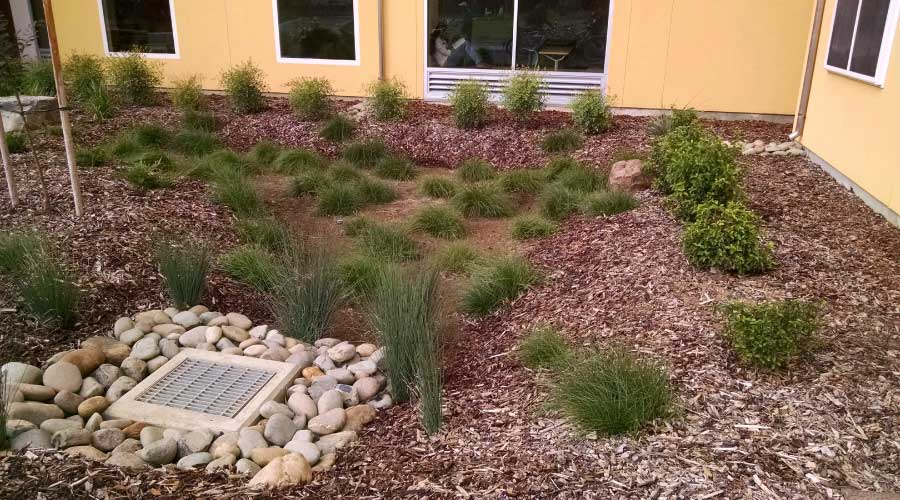U.S. Green Building Council Perspective
USGBC List of Top 10 States for LEED in 2012: Did Your State Make the Cut?
By Jacob Kriss, media associate, U.S. Green Building Council
The numbers are in, and the U.S. Green Building Council (USGBC) is officially recognizing the U.S. states that led the way in greening their built environment in 2012.
In late January, USGBC released its annual list of the top 10 states for LEED, which ranks states based on their per-capita square footage certified last year for commercial and institutional projects.
The per-capita approach levels the playing field for all states, taking into consideration how much green building is occurring in each state relative to its population and, thus, overall number of buildings. It is also a measure of the human element of LEED — as, after all, green building is ultimately about the people who use these structures to live, work, and play.
Once again, Washington, D.C., took the top spot, boasting 36.97 square feet of LEED space certified per resident in 2012. The District easily beat out all the states — Virginia, in second place, had 3.71 square feet certified per person.
The District of Columbia has a high number of buildings in a small geographic area, a relatively low population because of a large commuter rate from Virginia and Maryland, and a large number of government buildings, for which the U.S. General Services Administration is working toward universal LEED certification.
However, the District is included on the list because its leadership is undeniable and deserves recognition. For example, the District's Green Building Act of 2006 mandated LEED certification for all new nonresidential construction of more than 50,000 square feet after Jan. 1, 2012, and in 2013 the District will begin implementing the 2012 International Green Construction Code. In 2012 alone, Washington, D.C., certified 110 projects, totaling 22.2 million square feet!
The District's achievement in no way trumps that of individual states, some of which saw jumps in their position on the list compared to last year. Virginia moved up two spots from its 2011 position to take No. 2, certifying 170 projects with 29.7 million total square feet of space. This is due in part to Northern Virginia, which is a major population center and has a large number of federal government buildings, as well as the Hampton Roads area, which is a center for Defense Department-related LEED projects.
Massachusetts was another big mover, jumping up three spots from 2011 to take position No. 4, with 2.05 square feet certified per person. One major project in the state to certify in 2012 was Atlantic Wharf, the first LEED skyscraper in Boston, which took home a Platinum certification. Not far behind was New York state, at No. 7, which rose three spots thanks to its 1.77 square feet certified per person in 2012. It saw Gold certification for Destiny USA mall in Syracuse, a 1.3 million-square-foot expansion project that made it the nation's largest LEED-certified super-regional shopping center.
Nevada was the sole newcomer to this year's list, taking the 10th spot among the states (11th including Washington, D.C.), with 1.39 square feet of LEED space certified per resident. With a small amount of square footage certified in 2012 relative to other states, 3.7 million, it is nevertheless a great illustration of how the rankings work. Though it has a small population, many in the state are working tirelessly to advance green building, and the amount of green building taking place relative to its population is enough to put it among the ranks of states with far more people.
|














